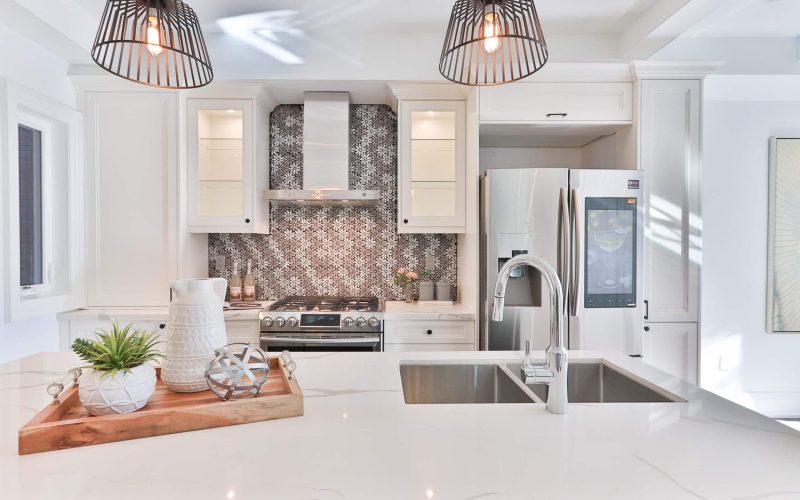Are you tired of looking at the same outdated kitchen and bathroom every day? Are you longing for a space that reflects your style and meets your practical needs? If so, it may be time to consider renovating your kitchen and bathroom. Renovating these essential areas of your home can not only enhance the aesthetics but also improve functionality and increase the value of your property. Let’s explore some key aspects of kitchen bathroom renovations to help you get started on transforming your home.
Planning and Design: Before diving into any renovation project, it’s crucial to have a clear plan in place. Start by assessing your needs and preferences. What are the pain points in your current kitchen and bathroom? Do you need more storage space, better lighting, or updated fixtures? Consider how you use these spaces and what changes would make them more efficient and enjoyable.
Once you have a good understanding of your requirements, work with a professional designer or architect to create a comprehensive renovation plan. They can help you optimize the layout, select materials, and incorporate design elements that suit your taste and budget. Pay attention to details such as cabinetry, countertops, flooring, lighting, and plumbing fixtures to ensure a cohesive and functional design.
Budgeting: Renovating your kitchen and bathroom can be a significant investment, so it’s essential to establish a realistic budget upfront. Consider factors such as the scope of work, materials costs, labor fees, and any unexpected expenses that may arise during the renovation process. It’s also wise to set aside a contingency fund to cover unforeseen circumstances or changes to the project.
When budgeting for your renovation, prioritize spending on high-quality materials and essential upgrades that will add value to your home. Be mindful of your financial limitations and avoid overspending on unnecessary luxuries. Working with a reputable contractor or renovation company can help you stick to your budget and maximize the return on your investment.
Hiring Professionals: While DIY projects can be fun and rewarding, kitchen and bathroom renovations often require specialized skills and expertise. Hiring experienced professionals such as contractors, plumbers, electricians, and carpenters can ensure that the work is done safely, efficiently, and to code. Look for licensed and insured professionals with a proven track record of delivering high-quality results.
Before hiring any contractor or tradesperson, be sure to do your research. Ask for recommendations from friends, family, or colleagues, and read online reviews to gauge the reputation of potential candidates. Obtain multiple quotes and compare pricing, timelines, and services offered before making a decision. Communication is key, so choose a team that listens to your needs and communicates openly throughout the renovation process.
Maximizing Space and Storage: In both the kitchen and bathroom, maximizing space and storage are essential considerations. With smart design solutions and innovative storage options, you can make the most of every square inch in these areas. Consider installing custom cabinetry with built-in organizers, pull-out shelves, and hidden compartments to keep your belongings neatly organized and easily accessible.
In the kitchen, efficient layout planning can optimize workflow and create a more functional cooking and dining space. Incorporating a kitchen island or peninsula can provide additional counter space and seating for casual meals and entertaining. In the bathroom, thoughtful storage solutions such as recessed medicine cabinets, floating shelves, and vanity drawers can help minimize clutter and create a spa-like atmosphere.
Energy Efficiency and Sustainability: In today’s environmentally conscious world, energy efficiency and sustainability are increasingly important considerations in home renovations. When updating your kitchen and bathroom, look for energy-efficient appliances, fixtures, and materials that can help reduce water and energy consumption. Consider installing low-flow faucets, dual-flush toilets, and LED lighting to save on utility bills and minimize your carbon footprint.
Additionally, choose eco-friendly building materials such as recycled glass countertops, bamboo flooring, and VOC-free paints to create a healthier indoor environment for you and your family. By incorporating sustainable design principles into your renovation project, you can enjoy long-term cost savings and contribute to a more sustainable future.
